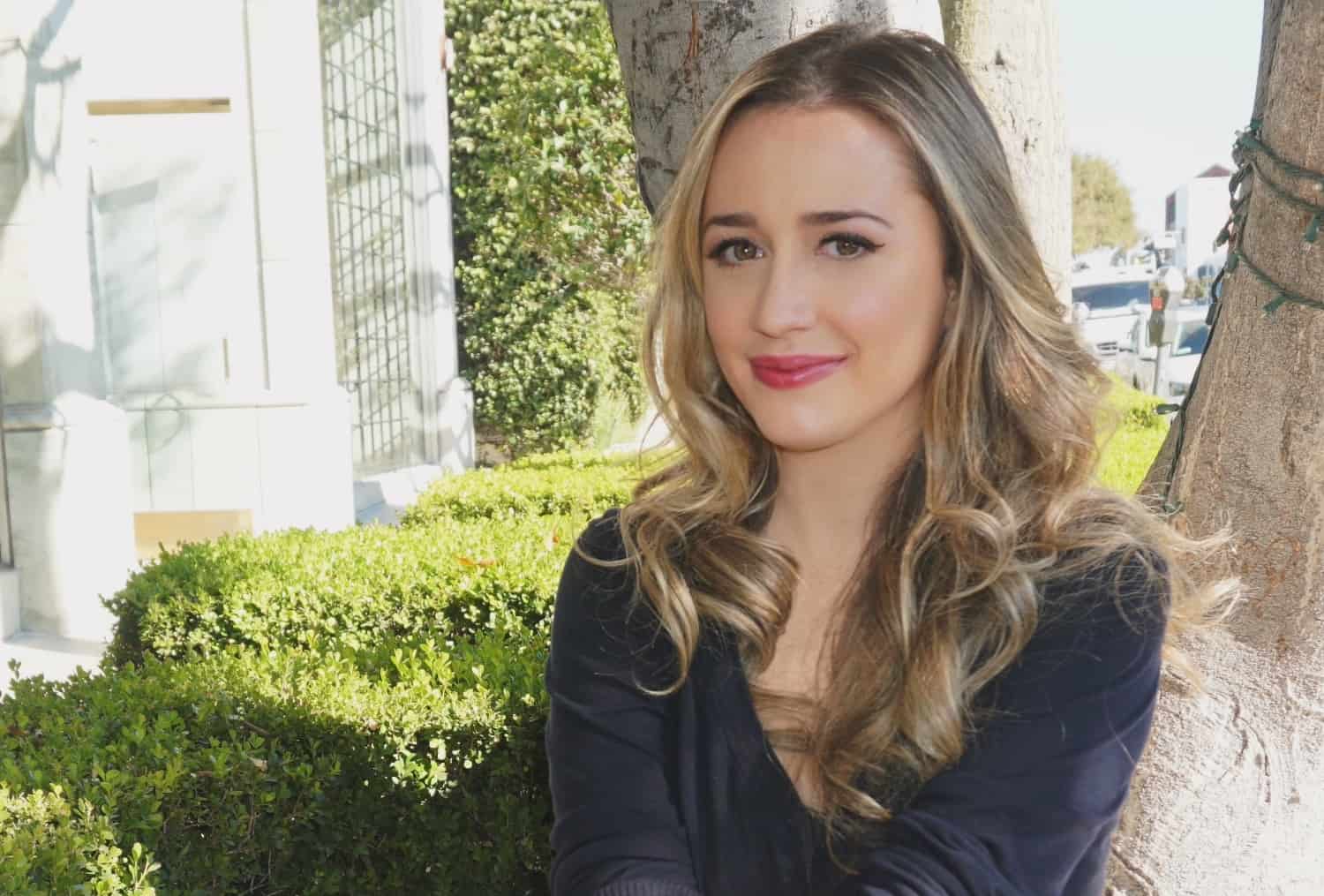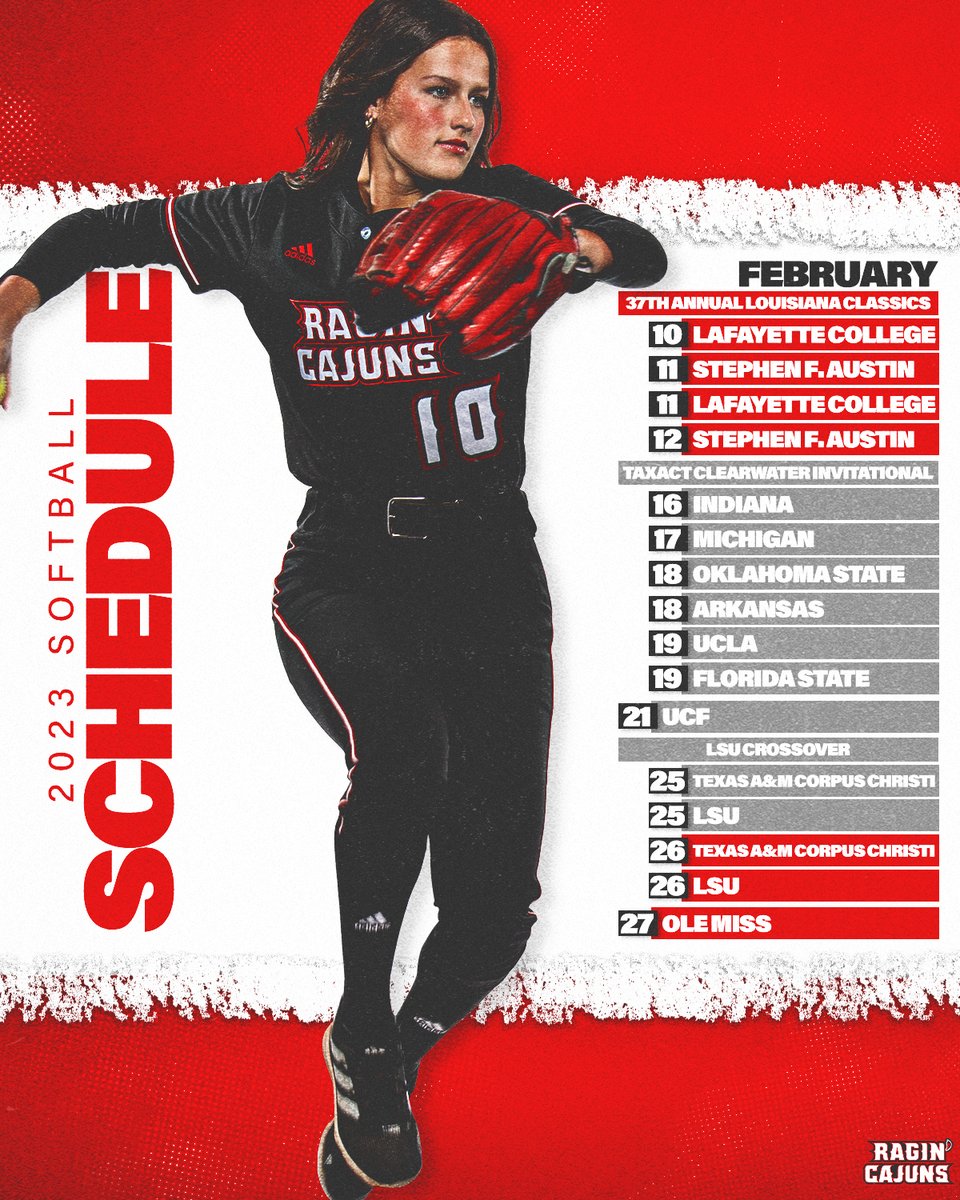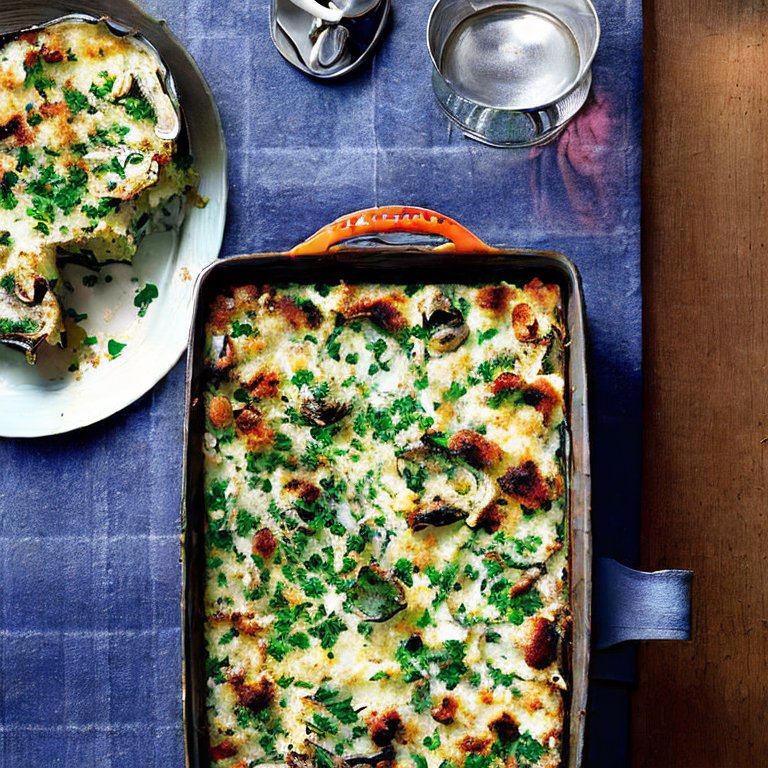Creative Types: Mary Ann Taylor-Hall
Now in her mid-80s, Mary Ann Taylor Hall continues to create and tend to her land. Learn more about what she has in store. STORY BY JAMIE LUCKE The challenge while interviewing Kentucky poet and novelist Mary Ann Taylor-Hall is steering the focus back to her. The “lyrical cosmonaut,” as novelist Bobbie Ann Mason calls her, would rather coax stories from others than talk about herself. “She has more friends than I have acquaintances,” said Mason. “She has more thoughts before breakfast than I have all week. She is truly the most gracious person I’ve ever known.” On a recent midsummer day, Taylor-Hall led me through the forested ridges and steep meadows that surround her home, 20-some miles north of Lexington where Scott and Harrison counties rise to meet. Here, in a notch in the woods, Taylor-Hall has lived for more than 40 years in what started as a tar-papered shack (yes, literally covered in tar paper). With guidance from an architect friend, she transformed it into a comfortable home, elegant in its simplicity. There she has fed and otherwise nurtured countless friends and family, conjured a perennial garden from uncooperative clay, and written exquisite prose and poetry. “She’s so brilliant. More people would benefit from knowing her work,” said Arwen Donahue, a multidisciplinary artist who has created watercolor paintings of Taylor-Hall and other Kentucky writers. “She’s an absolute delight to read – just so lyrical, funny and deep – and has a real original voice.” As we walked, Bonnie, the latest in a succession of rescue pets, disappeared into the woods, hoping for a deer.
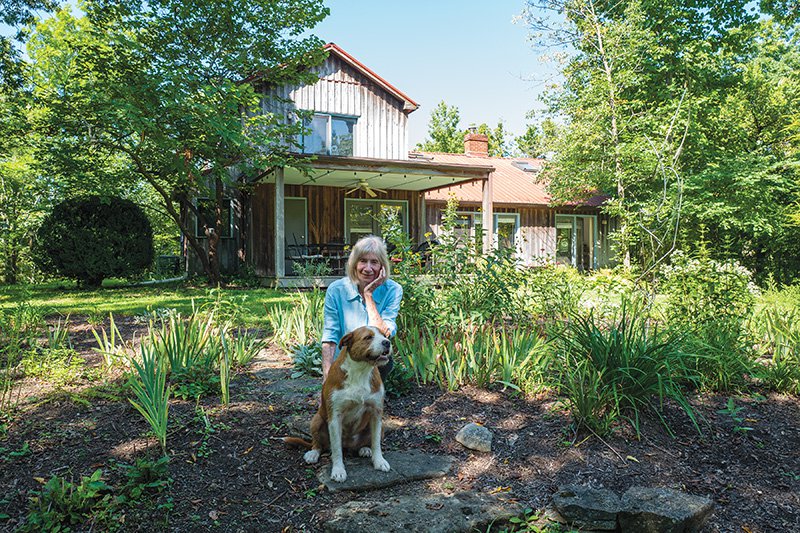
Mary Ann Taylor-Hall at her Sadieville home with Bonnie. Photo by Guy Mendes
“She’s the smartest dog I’ve ever had,” said Taylor-Hall. “One of the ways she’s smart, is every morning she says, ‘We have to go for a walk.’” Not that Taylor-Hall needs much urging to roam the countryside. This landscape and its inhabitants inspire and suffuse her work, most famously, her first novel, “Come and Go, Molly Snow.” In it the action shifts between Bluegrass music venues and a farmhouse where the aging occupants, Ona and Ruth, care for Carrie Marie Mullins, a gifted young fiddler paralyzed by guilt and grief. Taylor-Hall’s second novel, “At The Breakers” – recently released in paperback by the University Press of Kentucky – draws on a different landscape: the Jersey Shore and Upper West Side of Manhattan, where the literati spar by trading intellectual licks like rival pickers. New York is where Taylor-Hall headed after graduating from the University of Florida in the state that became home when she was a fifth-grader and her family moved from Chicago. Her mother belonged to an immigrant family from Bohemia and her father to Kentuckians who had migrated to Tampa. In New York, she studied method acting with a famous Austrian teacher, earned an MFA from Columbia, married and divorced. “I think he thought I was going to support his painting. And I thought he was going to support my writing,” she said with a laugh. Of her novels, she said, “In both of those cases I think I was taken over by the world that I had created, and I just stayed in it, and it was fun.” Fun for readers, too. “She’s a good storyteller – a really good storyteller,” said Nyoka Hawkins, founder of Old Cove Press in Lexington, which published “Out of Nowhere,” a collection of Taylor-Hall’s poetry, and has another book of her poems in the works. Among the published poems are elegies to friends who left marks on the arts in Lexington – Donna Boyd, founder of the Center for Old Music; painter Carolyn Hisel; sculptor Audrey Robinson; poet and teacher Jane Gentry Vance; and poet and painter Judy Young. The women formed what they called the Every Third Thursday Group, a personal network of friendship, feedback and support that spanned decades, though its numbers are dwindling. “Now I’m watching the rest of us as we’re in our 80s and heading for home, watching the community around here become certifiably old; it happens,” said Taylor-Hall, who turns 85 this fall (and, for the record, still mows her own grass). Best-selling novelist Kim Edwards became aware of Taylor-Hall just before moving to Lexington, via their mutual literary agent. “I went out and got ‘Come and Go, Molly Snow’ right away, and I remember thinking it’s just the most profound book — it gets so deeply into the characters’ mindsets,” Edwards said. “It also was so beautifully written.” Both novels are about a mother who has failed her child — irreversibly in “Molly Snow,” through a moment of inattention. In “Breakers,” a broken mother-child bond is redeemed.
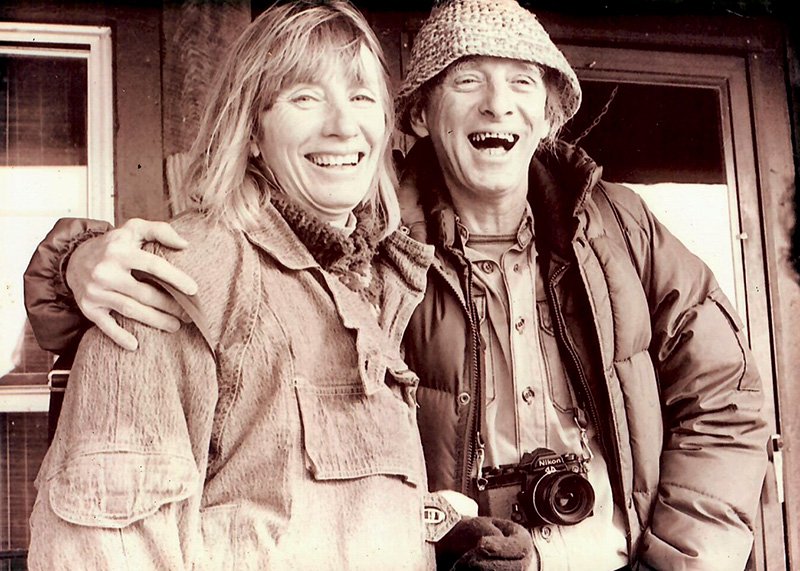
Jim and Mary Ann Taylor-Hall married in 1982. New literary releases from both of them (a poetry collection from Taylor-Hall and a posthumous memoir by her late husband) are on the horizon from Old Cove Press. Photo furnished
In her personal life, Taylor-Hall helped redeem another mother – at least the memory of her, for the child who heard a self-inflicted gunshot then watched his mother die. That child was James Baker Hall, Taylor-Hall’s late husband. Hall was a writer, photographer, state poet laureate and the University of Kentucky’s creative writing director. “I had known Jim for years, and we had already been in the same circle of friends together; it was natural that we should eventually get together,” she said. The two married in 1982 and remained married until Hall’s death in 2009. This fall, Taylor-Hall and Hawkins are carrying out Hall’s wishes by publishing his last book, “The Missing Body of the Fox,” the title of which refers to a memory of the author revolving around his mother’s fox stole. The book will debut at this month’s Kentucky Book Festival (Oct. 29 at Joseph-Beth Booksellers). Hall’s family’s way of dealing with the suicide was never to talk about it, and that silence and trauma manifested through his life in ways that Hawkins says he “does not sugarcoat.” Described in the foreword by Erik Reece as a “speculative memoir,” it will be illustrated by family photos that Hall reconstructed and shot through plastic, creating a dreamlike quality. “Mary Ann was certainly a turning point in his life,” says Hawkins, who credits Taylor-Hall with encouraging her husband to finally confront his early loss through his art. “She’s such a gentle person, such a kind person,” says Hawkins. “I heard Jim describe her once as the kindest person he’d ever met.” Mary Ann Taylor-Hall recently took the time to answer some questions about her life and work for reporter Jamie Lucke. When did you know you were a writer? I didn’t know that I was a writer, but I wrote. [When I was young,] my father sent a little poem I wrote to the Saturday Evening Post. He was so proud of that poem. The Saturday Evening Post sent it back with a very sweet tactful rejection. I went to Wesleyan, a women’s college in Macon, Georgia. Several of my classmates were serious about writing, and we would get together and show each other what we were doing and talk about it. I still have some of those friends. I wanted to get away from the all-girl situation, so I went to the University of Florida. Then to New York? I went to New York not to be a writer but to be an actress. Then I began to understand I didn’t have that much talent for it. I also was in a master’s program for dramatic literature. I went from there to teaching. I taught at Auburn and Miami of Ohio, started a novel. I never finished writing that one but I began to think I could. I taught at the University of Puerto Rico. When I came to live in Kentucky [where I taught at the University of Kentucky and Transylvania University], I got to be friends with people in Monterey, Kentucky, and my first books were [published by] Larkspur Press – short stories and poems. I think [my writing career largely flourished] because of the life I lived here in Kentucky, when I had time to devote to it. I wasn’t teaching very much. Mainly I was being a writer, and I was able to write, to carry out a thought that keeps getting bigger.
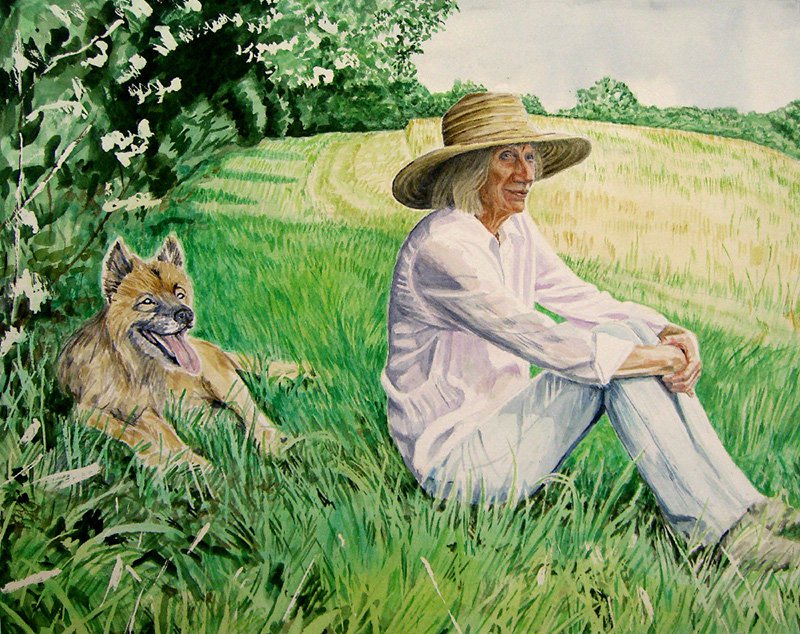
This watercolor of Taylor-Hall created by multi-disciplinary artist Arwen Donahue is part of Donahue’s illustration and oral history series “Rooted Words: Writers on the Land.” Artwork furnished by Arwen Donahue
Here on your porch, looking past your flowers into the woods, it feels like ‘Come and Go, Molly Snow’ country. I wrote ‘Come and Go, Molly Snow’ out of a feeling of Cynthiana and of this place. I had a kind of vision; looking out a glass door, I saw a woman coming up out of the woods with a troubled mind. That was the beginning of writing that book. I didn’t know where I was going with it until it told me. It was kind of thrilling because everywhere around me began to seem like part of the story. The people in Cynthiana became parts of the story. The landscape here had a lot to do with it. ‘Come and Go, Molly Snow’ grew out of living here. I hope that I can do that again someday, some other tack. Your portrayal of the Bluegrass music world in ‘Molly Snow’ feels knowledgeable. I had been going to Bluegrass concerts and became enchanted with the way it was put together, the group dynamic with quartets and so on. I’d shimmy up to the front and sort of eavesdrop to hear how they talked to each other; that was my research. What was the process for ‘The Breakers?’ That came out of my time in New York. I would go down to the shore to visit a friend and got to know that place a little bit. I wrote the book here. That novel really led itself. I was following some other voice that I didn’t know I had, just taking notes. It was a very peculiar way to write. I didn’t know very much about what I was writing about. I didn’t have children. I had never lived on the shore, didn’t have men raping me. Somehow or other I just let myself be led. I guess that’s true for every piece of fiction I’ve written; you don’t have to live it to write it. The literary world in ‘Breakers’ feels authentic. I certainly used [New York poet] Gerald Stern as the way that I figured out what Victor Mangold was like; that was fun. A larger than life man. I don’t know whether he knows that or not, [but] his former wife had read it and said, ‘Oh, I know who this is based on.’ Are you working on anything now? I haven’t written any prose for a while. I have started a novel; I just have to find the time to write it. It’s very difficult to write a novel; it takes so much time and so much dedication. I’m very admiring of people who turn out 10 novels in their lives. It’s a full-time occupation. Jim [Taylor-Hall’s late husband] was absolutely devoted to his writing and knew how to control his life so that he could write and put writing first. I have never learned that. I have to put weeding first and vacuuming first and walking the dog first. I wish I’d learned something from him: Put writing first; put writing first. I love it that acting, an Ivy League degree and a divorce led you to a tar-papered shack in Kentucky. It’s the best place I’ve ever lived. My mother and father came here and I had an outhouse and my father said, “Is this what we sent you to Columbia for?” It had one pipe that went into the kitchen sink. That was the only water…made bathing a little bit of a problem. [Laughter.] I found a bathtub that was being used as a cattle feeder, got some friends to tote it in and hook it up. How do you go about writing a poem? I start writing by hand. When I get on a computer, sometimes I revise them a little bit. Most of my poems are not revised, just what I wrote down in a notebook. I think that a lot of poetry depends on revelation. The other day when I was walking out in the fields it just came up out of my mind that God is the sky. That seems to clarify so much for me. It did seem to me a revelation. And I think most poetry is a revelation of some sort or another.
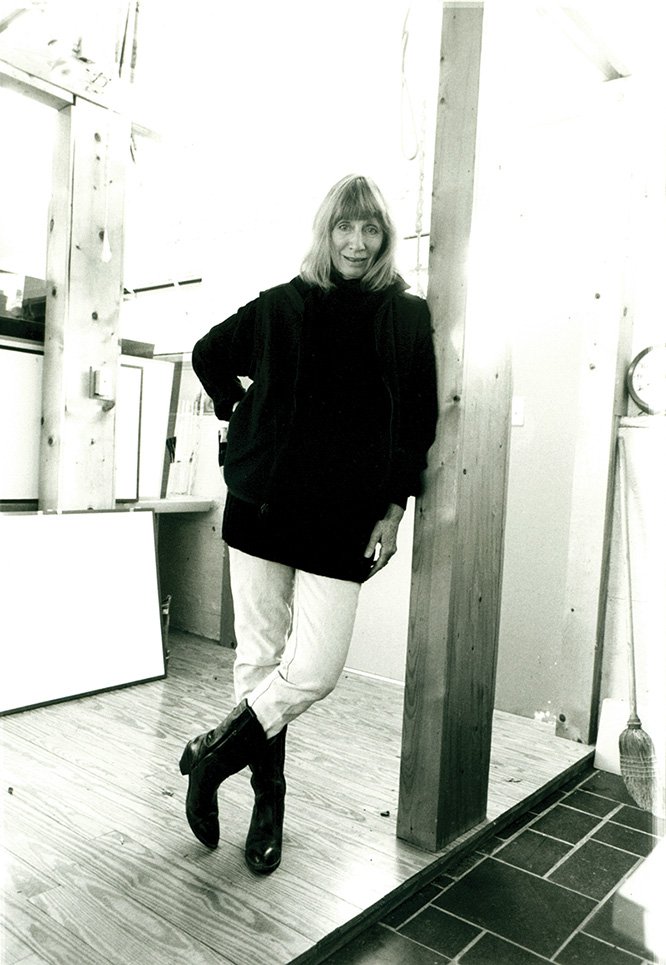
This photo of Taylor-Hall was taken by her late husband, poet and photographer James Baker Hall, who was a fixture in Lexington’s literary and arts scenes for decades preceding his death in 2009. Photo by James Baker Hall
